Microplastics: A Complete Mitigation Guide (Part 1)
Your comprehensive playbook to minimizing exposure
We set out to do something simple here: develop the most comprehensive microplastics mitigation & detox guide to date.
Over the next few years, we’ll see an uptick in new research on environmental toxin impacts to our overall health - particularly to reproductive, cardiovascular, & endocrine function.
We consume what we produce. To minimize consumption, we need to first curtail production (good luck with that). Rather than approaching from that vector, we’re identifying the everyday levers to mitigate individual exposure.
We’ve split this guide into 2 parts:
Part 1 - Mitigation Guide
Part 2 - Detox Strategy
The intention is to lay out what an ideal strategy looks like. Some are more feasible than others. As always: Take what fits. Leave what doesn’t.
Microplastic Mitigation Strategy
Kitchen
Rule #1: Store food in glass containers
Plastic containers - made from polypropylene or polyethylene - degrade over time. When exposed to heat via warm food items after cooking, they release billions of nanoplastics & millions of microplastics into our foods.
Instead, opt for glass food storage containers made from borosilicate or tempered glass. These materials are inert & eliminate the risk of microplastic release at higher temperatures.
Rule #2: Never heat plastic containers/cups
You’ll see this as a recurring theme throughout this section: heat & plastic don’t mix. When plastic is heated, water molecules break bonds in the plastic causing it to crack & shed tiny bits - a process known as hydrolysis.
Be mindful of the “BPA-free” description, which describes the container’s resistance to melting & deformation specifically. Not the release of microplastic particles. Not even “microwave safe” is microwave safe.
Rule #3: Remove any plastic containers away from sources of heat
As ideal as it is to avoid plastic altogether, it’s not practical. The plastic you do have in your house - ensure it’s kept away from any heat sources. The most common example: seasonings stored about a stove or toaster oven. As heat rises, it can penetrate cabinet walls causing containers to absorb heat & leach plastic.
Rule #4: Rinse dishes & cups before using
Household dust is a major carrier of microplastics. Over time, dishes left out or stored in open cabinets accumulate dust. Rinsing dishes & cups (especially if they haven’t been used recently) addresses this often overlooked exposure route.
Rule #5: Minimize abrading the bottom/sides of plastic containers
Foods like Greek yogurt & cottage cheese are daily staples for my family. Scraping the bottom/sides of a plastic container cause nanoplastics to shed into the product.
Rule #6: Ditch canned soup
When soup is mass-produced, it’s poured into cans lined with a BPA alternative polymer - typically bisphenol S (BPS) - while still hot.
In a 2011 RCT, subjects who consumed a single serving of canned soup daily for five days saw a 1,000% increase in urinary BPA levels.
“Even if the can is BPA-free?”
Yes - BPA-free was a psyop. It was a largely an attempt to convince consumers products were now safe. Meanwhile, manufacturers replaced one toxin (bisphenol A) with different ones of similar anti-androgenic & estrogenic potency - BPS (bisphenol S) & BPF (bisphenol F). Expect to see more of this trend - like for example the use of polylactic acid in tea bags.
This phenomenon is likely problematic across all beverage cans & canned items. Though I’d reason this is significantly worse with soup products given the initial hot fluid-to-can lining interaction.
Rule #7: Avoid hot liquids in plastic-lined cups & hot foods on paper plates
Plastic-lined cups have a thin layer of polyethylene, polystyrene, or polypropylene that gets broken down when exposed to hot liquids. High temperatures then promote the release of microplastics into the coffee or water in the cup.
Paper plates have this same coating. Therefore, the principle applies there as well.
Rule #8: Avoid hot food items in plastic store-bought containers
The one immediately coming to mind: rotisserie chicken. When rotisserie chickens are cooked, they’re immediately packaged in polypropylene bags facilitating heat-induced leaching. (Noticing a trend?)
Rule #9: Toss the plastic cutting board
Plastic cutting boards are one of the top contributors to our microplastic consumption via food ingestion. Polyethylene & polypropylene boards shed millions of particles annually. Chopping fruits & vegetables on plastic boards generates anywhere from 14 – 72 million PE microplastics/year & 79 million PP microplastics/year.

Low hanging fruit: swap the plastic board for a robust bamboo wooden one.
Rule #10: Cook more homemade meals
The more processing a food undergoes, the microplastic particles it accrues. Consider it from a lifecycle perspective. Foods are on conveyor belts. In contact with packaging lines during slicing & mixing processes. Workers use synthetic gloves releasing microfibers into foods.
A 2023 study analyzing 111 food products found microplastics in 88% of samples, with concentrations 5-10x higher in ultra-processed foods like processed chicken nuggets compared to minimally processed chicken breast.
Rule #11: Toss the tea bags
Rather than using paper tea bags like in decades past, tea brands have switched to polypropylene ones. Boiling water degrades plastics 2–5x faster than room temperature, releasing 11.6 billion microplastics & 3.1 billion nanoplastics per bag.

Simple alternatives:
Loose leaf tea using in a glass teapot & built-in stainless strainer (Best)
Paper-based tea bags (however, many still use plastic-based sealants like epichlorohydrin)
Pre-soak tea bags in room temperature water
Rule #12: Toss the Keurig & plastic drip coffee machine
When K-Cups (made from polypropylene) are punctured & exposed to pressurized hot water, they release tens of thousands of nano & microplastic particles. To make matters worse, plastic water reservoirs & internal tubing subject to repeated heating cycles weakens plastic integrity facilitating further shedding. That’s not coffee - that’s plastic.
Simple alternatives:
Opt for glass/ceramic brewing devices (Best)
Switch to stainless steel pods
Descale coffee machines with vinegar to remove mineral buildup
Rule #13: Ditch the non-stick pans
Those scratches on the easy-to-use non-stick pan…those particles missing…where do you think they ended up? (Hint: your food)
A single scratch on a Teflon-coated pan can release ~10k microplastic particles, while significant cracks or fractures can release 230x that amount (~2.3M). Even coatings seemingly undamaged continuously degrade over time due to high temperatures.
Simple alternatives:
Rule #14: Never use nylon cooking bags
“No one is seriously putting a plastic bag in the oven these days!”
Except for a minimum of 1k people last month!
Parchment paper bags are also coated with silicone - another material that leaches forever chemicals when exposed to high temperatures.
Rule #15: Wash rice & avoid instant rice
Washing rice before cooking significantly reduces microplastics present in uncooked rice (-20%) & instant rice (-40%) from plastic mulch films & processing equipment.
Mitigate the consumption of instant rice altogether as it contains 4x the amount of microplastics.
Best practices:
Soak for 10 min before cooking
Rinse multiple times until water becomes clear
Rule #16: Opt for filtered water
One of the worst culprits for microplastic ingestion today: bottled water.
When 259 bottles were analyzed, 93% showed levels of microplastic contamination.
As far as targeting particular brands that may be superior - it’s not clear cut due to such high variability across each bottle. There’s variability within brands and even with the same cases being produced. The origin & logistics lifecycle (i.e. packaging, ambient conditions during shipping) have as much to do (if not more) than the brand itself.
One example of this high variation to a single brand is Nestle Pure Life. When purchased from Amazon, the average number of microplastics/L was 2,277 with a minimum sampling of 51 & a maximum of 10,390. When the same brand was purchased in Thailand, average number of microplastics/L was 468 with a minimum sampling of 11 & a maximum of 3,526.
That leads us to our home-based solution: water filtration systems.
Reverse osmosis filters are typically the best option for a majority of homes but I recommend tailoring your home water filter solution according to your zip code with EWG’s Tap Water Database.
Rule #17: Swap out plastic kitchen utensils
When University of Birmingham researchers simulated cooking experiments & exposed 96 plastic kitchen utensils to hot cooking oils, 34% of tested utensils carried measurable flame retardant concentrations.
Of particular concern are black plastic utensils. A majority (~70%) contain a banned flame retardant BDE-209 linked to endocrine disruption, cancer, & immune toxicity. While this study published in late 2024 was an overestimation of the toxicity level, the actual levels remain well above the safe consumption limit & an easy-to-implement mitigation lever available.
Safer alternatives:
Rule #18: Choose a microplastic-free salt brand
Over the past 5 years, salt has been identified as another major vector for our microplastic ingestion. The studies conducted thus far suggest the toxins present originate from two main sources: 1) environmental contamination (i.e. seawater) and 2) processing & packaging (i.e. plastic tools, packaging materials).
In 2018, one study showed 36 of 39 brands tested contained plastic debris. Asian brands had the highest levels in the analysis.
In a study published in March 2023, researchers investigated various commercial salts → both terrestrial and marine sources. Salts with the highest levels of microplastics included Himalayan and black salt. The study concluded terrestrial salts had on average greater microplastic contamination relative to marine salts.
Microplastic-free salt alternatives:
Rule #19: Replace synthetic sponges with coconut fiber or wood cellulose sponges
Most sponges are made from either melamine foam or polyurethane - both of which decompose & shed millions of microplastic fibers/gram of wear. While it’s easy to wash away most of these fibers, these microplastics enter the life cycle ultimately impacting our health: sewer systems → food chain → human ingestion.
Superior alternative = Biodegradable Cellulose & Coconut Scrubber Sponges
Rule #20: Meats on parchment paper
Unless you’re getting your meats fresh from a butcher shop or farm, this one can be tough and one admittedly I have difficulty with. But it serves as another lever if you have the opportunity nearby.
Rather than the typical polyethylene or polypropylene wrapping on store-bought meats, parchment paper (derived from cellulose) offers a microplastic-free alternative.
Befriend your local butcher.
Rule #21: Choose the right air fryer model
Similar to non-stick pans, Teflon-coated air fryer baskets can release microplastics and nanoplastics when heated.
Lucky for us, there’s no need to give up the air fryer entirely. A few PFAS-free models to choose from:
If you’re still concerned about the material of the pans included, there are replacement non-toxic, stainless steel baking sheets & racks available sold:
Household
Rule #22: Ditch the synthetic bedding
If for no other reason than comfort, once you make the switch to 100% cotton sheets, you’ll wonder how you ever slept on synthetic junk.
There’s a reason I’m putting this one front & center in the household category. It’s one that’s going to gain notoriety in the coming years as one of the predominant causes.
Why? It’s a place we spend 1/3 of our day. We underestimate the amount of nanoplastics: 1) we’re inhaling from bedding material & 2) we’re absorbing from bedding material via skin contact.
Here’s a list of synthetic fibers to avoid:
Microfiber
Memory foam (i.e. polyurethane)
Fleece
Polyester
Nylon
Rayon
Acrylic
A few certifications to ensure your bedding material has:
Global Organic Textile Standard (GOTS) Organic
Global Organic Latex Standard (GOLS) Organic
OSC 100 Organic Cotton Standard
Made Safe
Safer bedding alternatives made from natural organic fibers:
California Design Den 100% Organic Cotton Sheets (Queen & Twin)
LOFE Organic Pillow with 100% Organic Cotton Shell Pillowcase
Rule #23: Wash sheets monthly & pillow cases bi-weekly
Another tactic to reduce exposure in the bedroom that goes synergistically with our first household rule. Frequent washing dislodges fibers, rinses away particles, & interrupts the buildup in your bed area minimizing time spent in contact with our skin.
Use cold water on a gentle cycle.
Rule #24: Direct dryer ventilation outside your home
When dryer exhaust is vented indoors, microplastics accumulate in the air making dryers one of the top origin sources of microplastics inside our homes.
For a cleaner living space with improved air quality - reroute it outside with a metal duct.
Rule #25: Leaves shoes off in the house
Step away from the cultural norms argument for a minute. We’re strictly recommending on the grounds of reducing microplastic particles being tracked into the home from outdoors. Simple.
Rule #26: Use a HEPA filter
High Efficiency Particulate Air (HEPA) filters are the superior choice for clean air inside the home. They’re designed to capture at least 99.97% of particles 0.3 microns in size with high efficiencies for capturing both larger & smaller particles.
Air filters are rated via the Minimum Efficiency Reporting Value (MERV) system - the higher the rating the smaller the particulate matter it can capture.

To be effective in the capture of nanoplastics, target a minimum MERV of 14:
Rule #27: Vacuum & dust surfaces
Floors & surfaces serve as reservoirs for microplastic accumulation. HEPA filters will help the airborne situation, however vacuuming (ideally with a HEPA filter vacuum) & dusting high traffic areas are required to maintain low levels of dust & microplastic particles.
Vacuum & use a damp cloth to clean household surfaces on a frequent basis.
Rule #28: Close toilet seat when flushing
Yes - really.
Flushed toilets emit aerosols eventually dispersing within a 8 - 10 ft radius. While this might not fall directly in the microplastic category (yet), we expect it to be more than microbial particles traveling out of the throne after flushing.
Low cost, high ROI practice.

Rule #29: Minimize plastic toy usage
Plastic toys have a tendency to degrade & shed particles over time. The greatest concern we have here is via the ingestion route - children placing toys in their mouth. We even see microplastic content being higher in the feces of infants than adults due to several possible vectors - baby bottles, breast pumps, pacifiers, crawling on floor, breast milk, & infant formula.
Wash toys occasionally to reduce PET & PVC levels. Opt for toys made from wood, cloth, or less toxic bioplastics like PLA or PHA.

Rule #30: Filter shower water
Just as our drinking water contains harmful levels of nanoplastics so too does our shower water. Filtering shower water reduces the concentration of these particles in the water minimizing skin contact & inhalation exposure.
A small investment for benefits beyond microplastic mitigation:
Clothing & Personal Care Products
Rule #31: Use Cosmetic Ingredient Review & Beat the Microbead
A database of thousands of cosmetic ingredients, the Cosmetic Ingredient Review serves as a superior alternative to the Environmental Working Group (EWG) app. CIR serves as the public hub for accessing detailed ingredient reports compiled by toxicologists & other specialists via scientific papers.
You can find the site here.
Another tool: Beat the Microbead - an app driven by a database of more than 7,500 personal care products & counting allowing you to scan a product and evaluate the level of microplastic exposure.
You can download the app for free here.
Rule #32: Wear natural fibers (cotton/wool/linen)
When we wear synthetic clothing, contact friction between the material & our skin causes fabrics to shed microplastic fibers. As these come into direct contact with our skin, absorption occurs especially when sweating.

The common synthetic materials to minimize wearing of:
Nylon
Polyester
Spandex
Acrylic
Favorite brand I own: Ryker
Rule #33: Avoid daily contact lenses
Daily lenses - a lightweight, thin profile design made from a soft hydrogel pHEMA - possess greater fragility relative to long-term hard lenses. This means they’re more likely to develop micro-tears or shed particles when rubbing against the eye or handling.
On the other hand, monthly lenses are typically made from more durable silicone hydrogels much less susceptible to shedding over time.
Opt for long-term contact lens wear.
Rule #33: Choose glass bottle eyedrops
Another common source of absorption via the eyes: artificial tear bottles.
A good rule of thumb in this space: if it’s stored in plastic & its origin is outside your zip code, there will be microplastic shedding.
Rule #34: Swap for toxin-free personal care products
For years, we were fed the lie of “microbead exfoliators” as the premium facial cleanser - which were plastic components (not even micro). Fortunately, we’ve done away with these. But unfortunately, there are still plenty of compounds to look out for (exhaustive beyond microplastics).
My favorite products in this space:
Toothpaste: NOBS (No Bad Stuff) Toothpaste Tablets
Body Wash: Native Body Wash
Deodorant: Schmidt's Aluminum-Free Deodorant
Hair Care: Native Shampoo and Conditioner
Lotion/Cream: Weleda Hydrating Day Face Cream
Rule #35: Ditch traditional tampons & pads
One area we’ve seen limited research on, but one we feel comfortable we’re out in front on: menstrual products coming into contact with vaginal skin cells. These products (~90% plastic - polyethylene, polypropylene (PP), polyester, & nylon) release billions of nanoplastics during usage directly impacting reproductive health. A woman using tampons could be exposed to 86 trillion synthetic polymers over the course of her life.
Opt for 100% plastic-free pads & tampons.
Outside the Home
Rule #36: Avoid leaving plastic bottles in direct sunlight/hot car
We can’t always avoid the single-use plastic water bottle. When we can’t, ensure bottles are kept out of the sun & high temperatures to minimize the amount of plastic leaching.
Rule #37: Mitigate BPA receipt & cash handling
If you’re not working with these on a daily basis, this isn’t something to be neurotic about. If you’re a cashier or airline employee handling hundreds of BPA receipts daily, wear nitrile gloves to mitigate exposure via the epidermal absorption pathway.
Rule #38: Clean assault bike blades
A difficult one if you’re using a public gym. However, assault bikes accumulate a significant amount of dust on its blades over time that can eventually be distributed upon rotation.
If you own an assault bike at home, you’ve got a few practical options:
Clean the blades every few months
Install a dust/wind guard
Use outside to mitigate direct inhalation
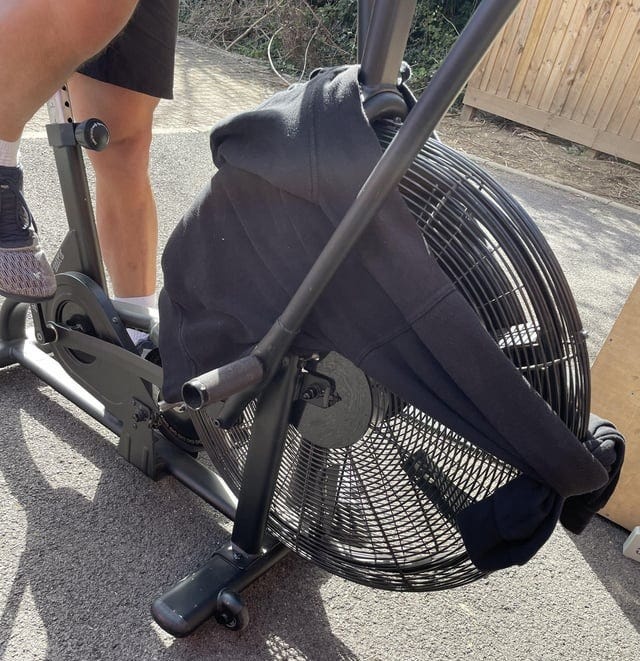
Assault bike sweatshirt wind shield (Source)
Rule #39: Minimize time on artificial turf
Artificial turf is composed of synthetic polymers - 85% polyethylene & 15% polypropylene. Over time, the polymers degrade due to mechanical wear & UV radiation where they’re then kicked up into the air where they can easily be inhaled.
We’re not eradicating or even decreasing plastic in the world any time soon.
Next best option: build a better health framework.
“But it seems so neurotic to be making all these choices.”
Take what fits. Leave what doesn’t. But now you know.
We’re more bullish than ever on the future here. Stay healthy & we’ll see you next week with Part 2 of the guide!
Your friend,
BTP
***Disclaimer: The information provided by BowTiedPhys is for educational purposes only. This content is not intended to be a substitute for professional medical advice, diagnosis, or treatment of any kind. BowTiedPhys is not a licensed medical provider. Prior to making any changes to your health protocols, consult a licensed healthcare professional. Some of the links in this post may be affiliate links - BowTiedPhys may earn a commission at no additional cost to you. This commission helps support our work and allows us to continue providing valuable content to our valued subscription members.***



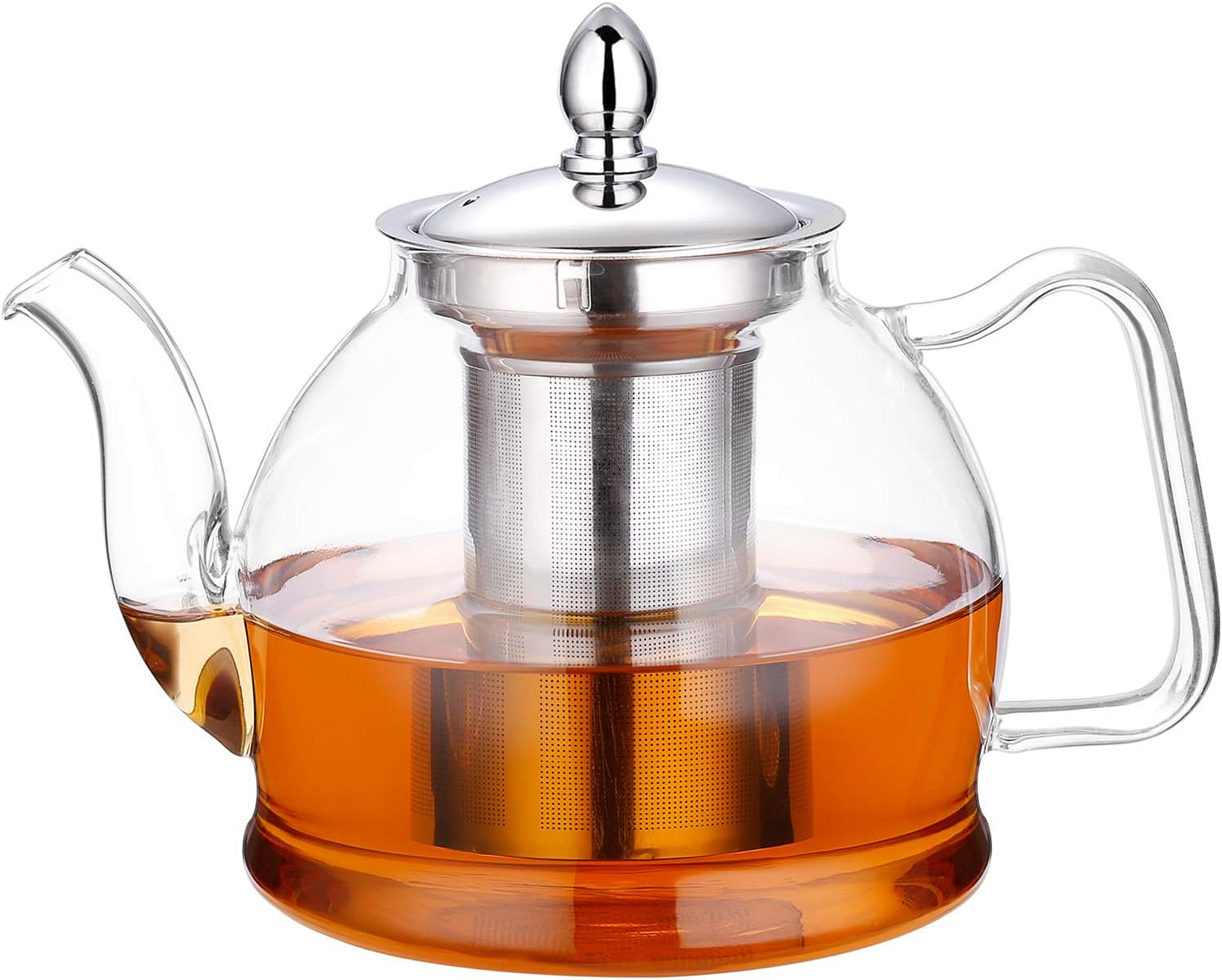


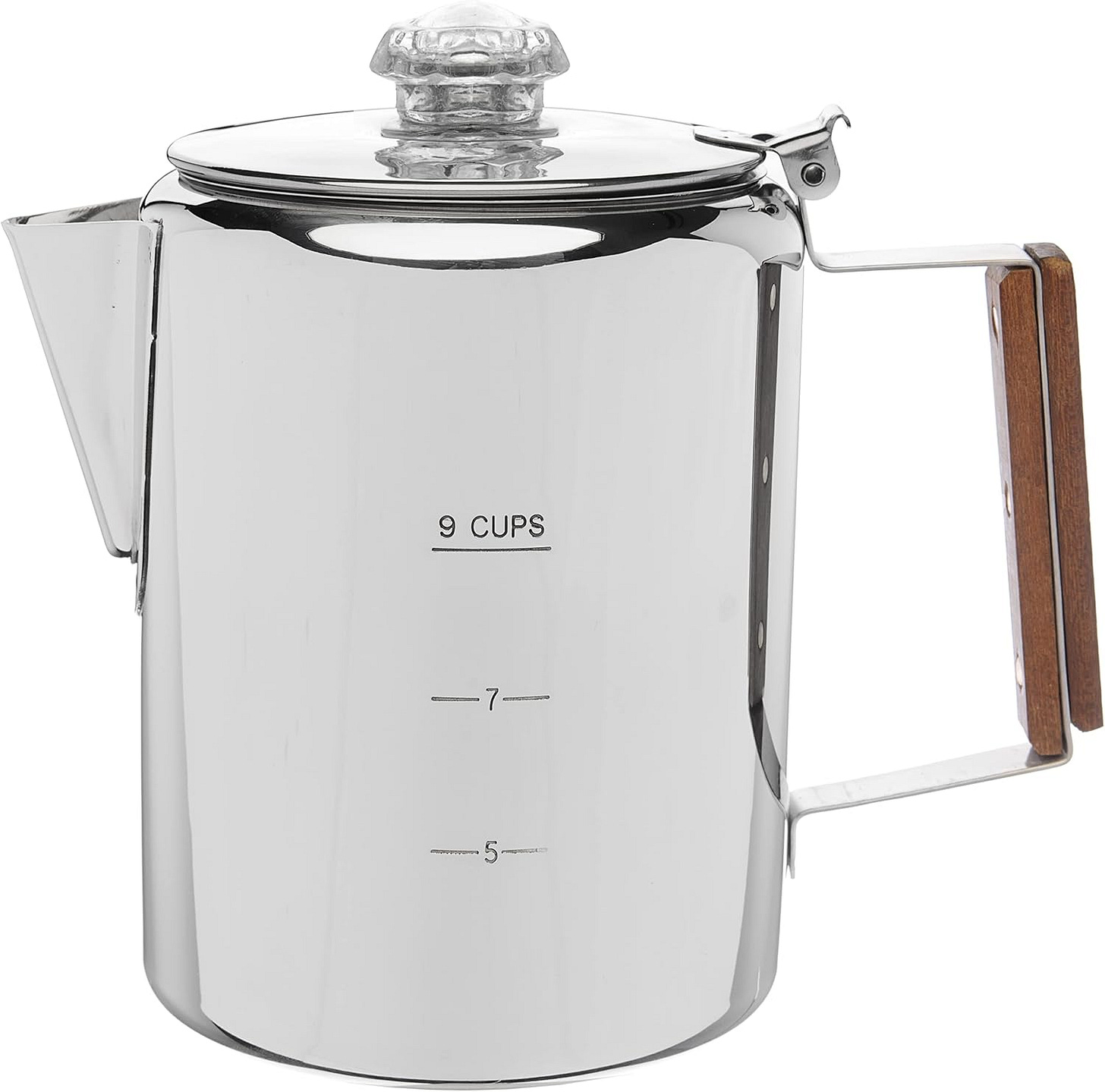
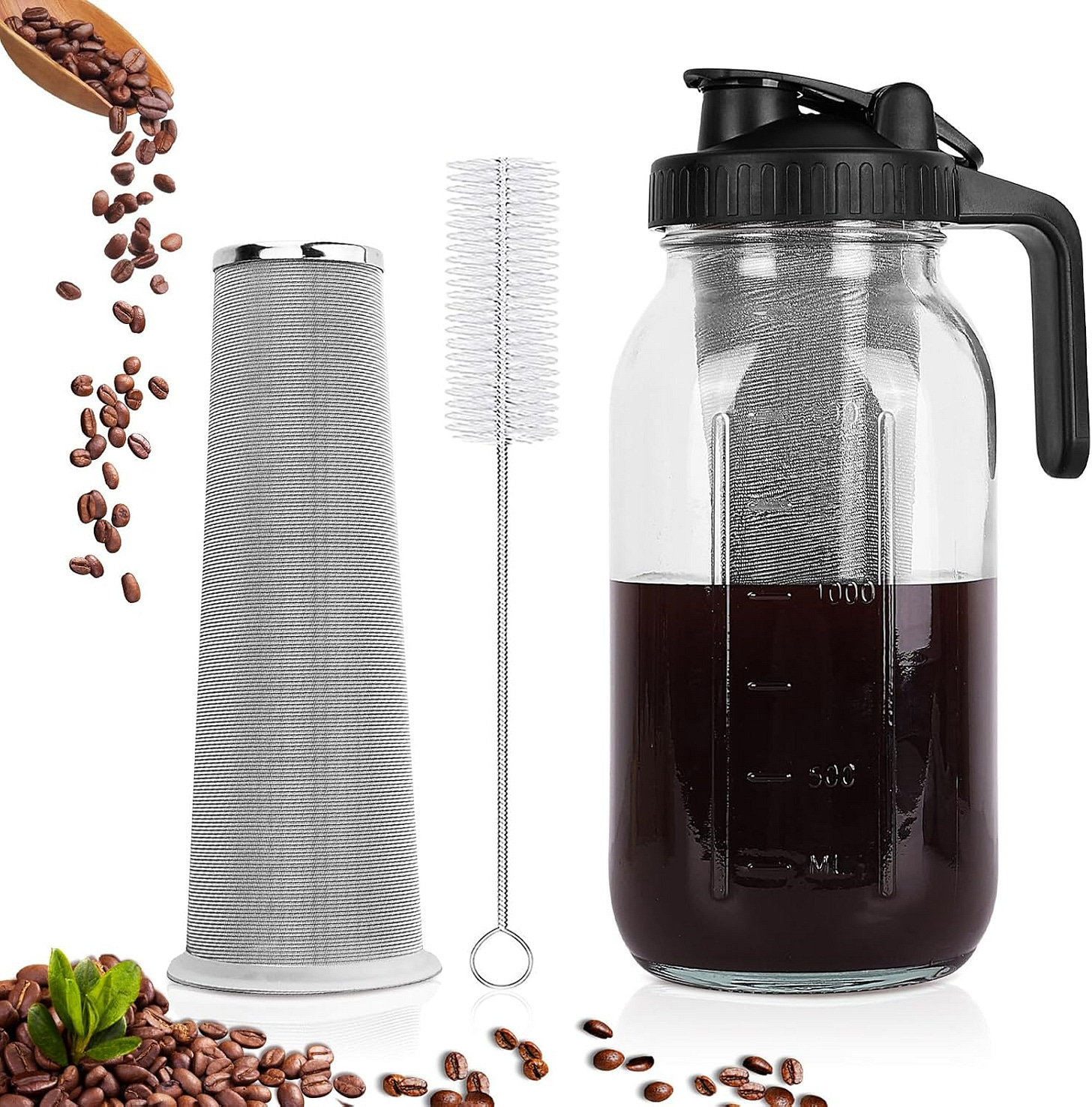
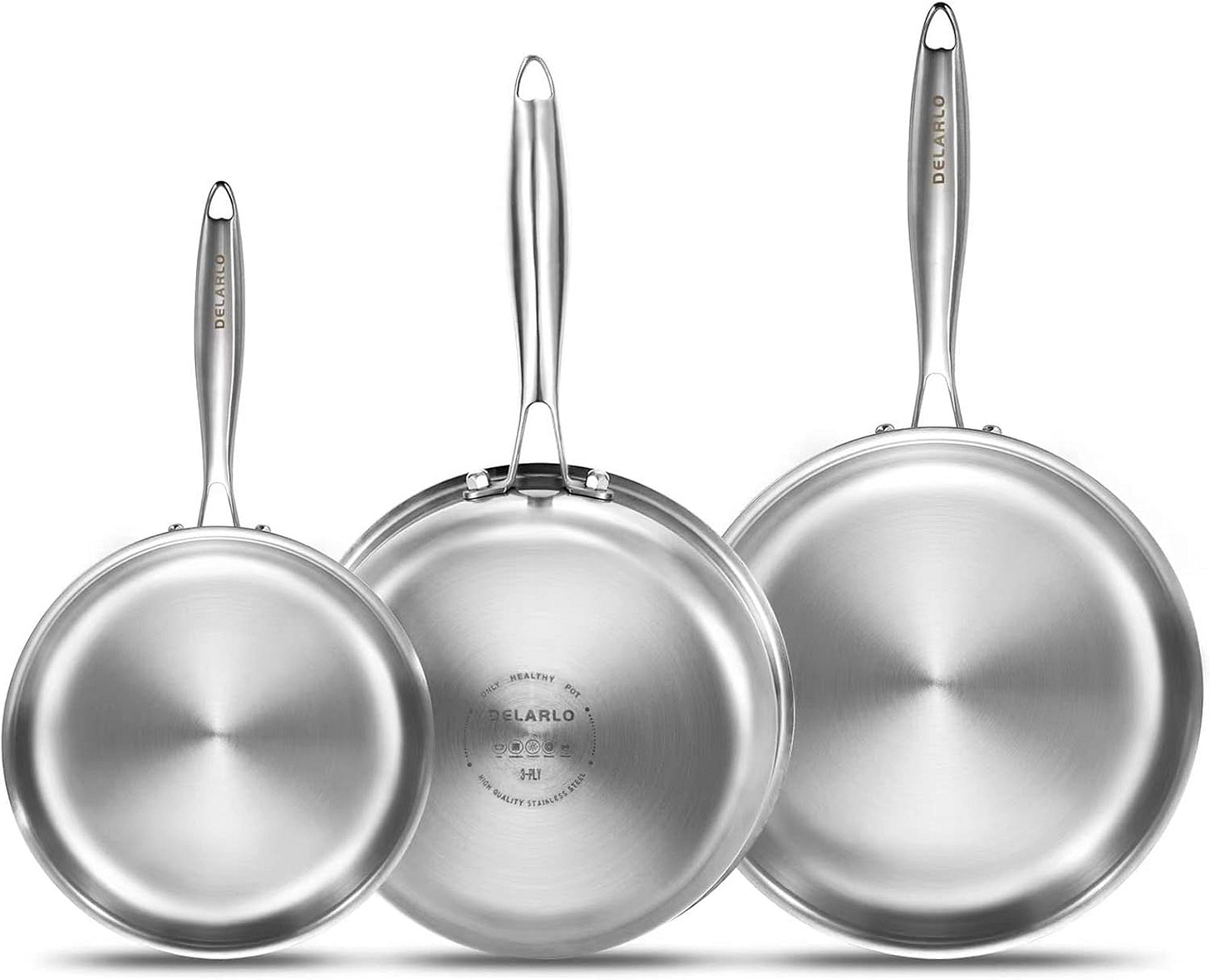
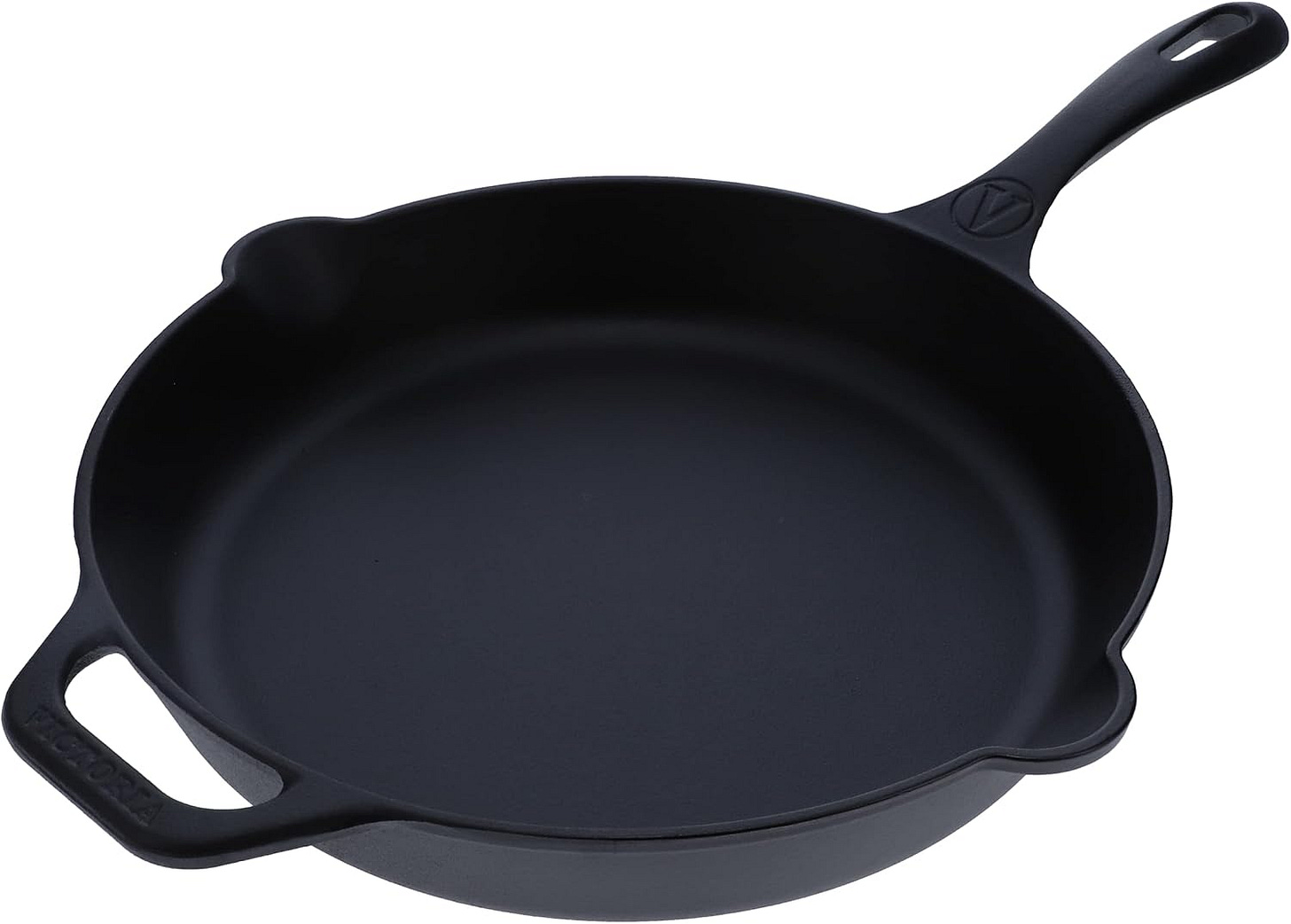
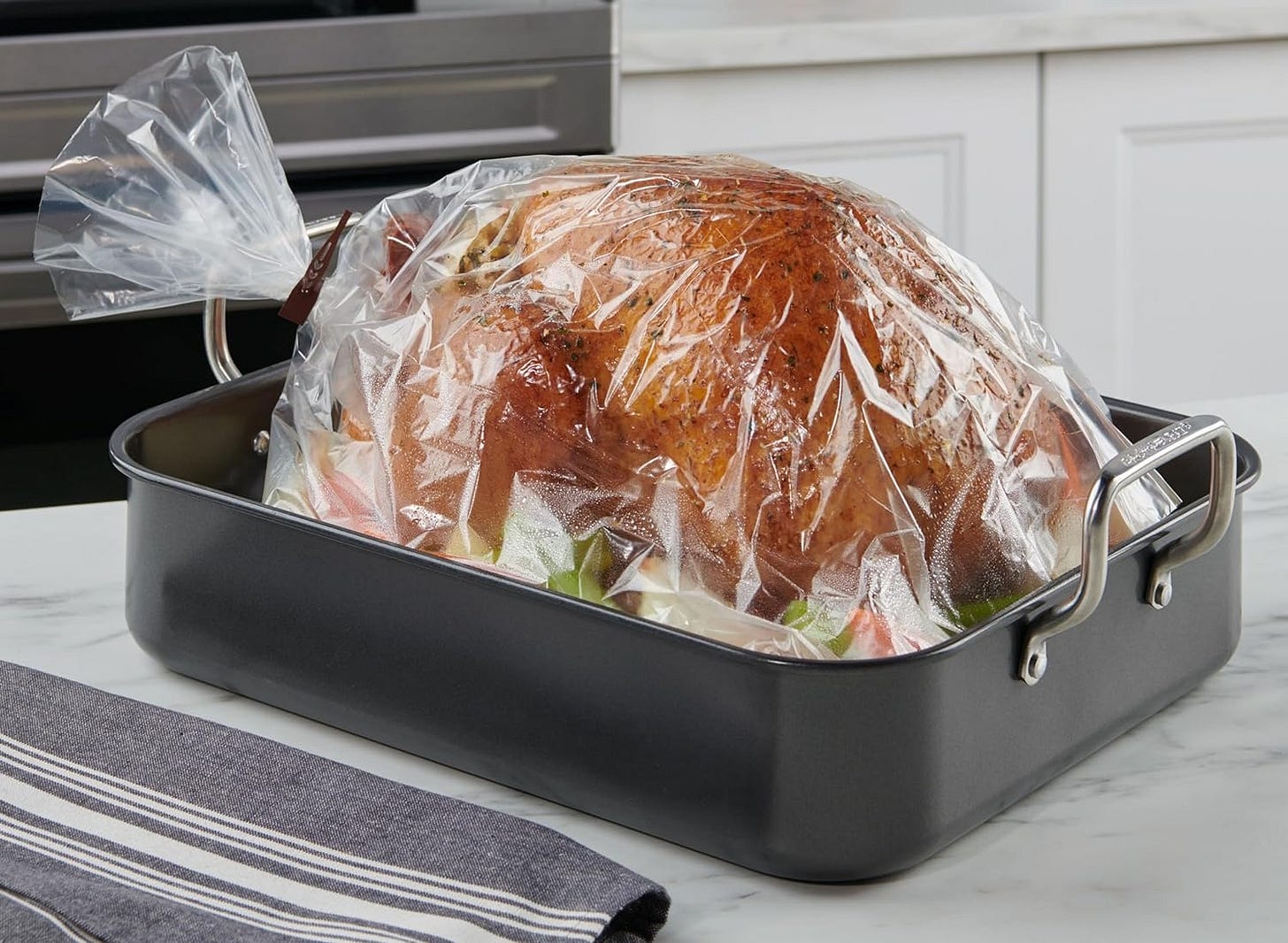




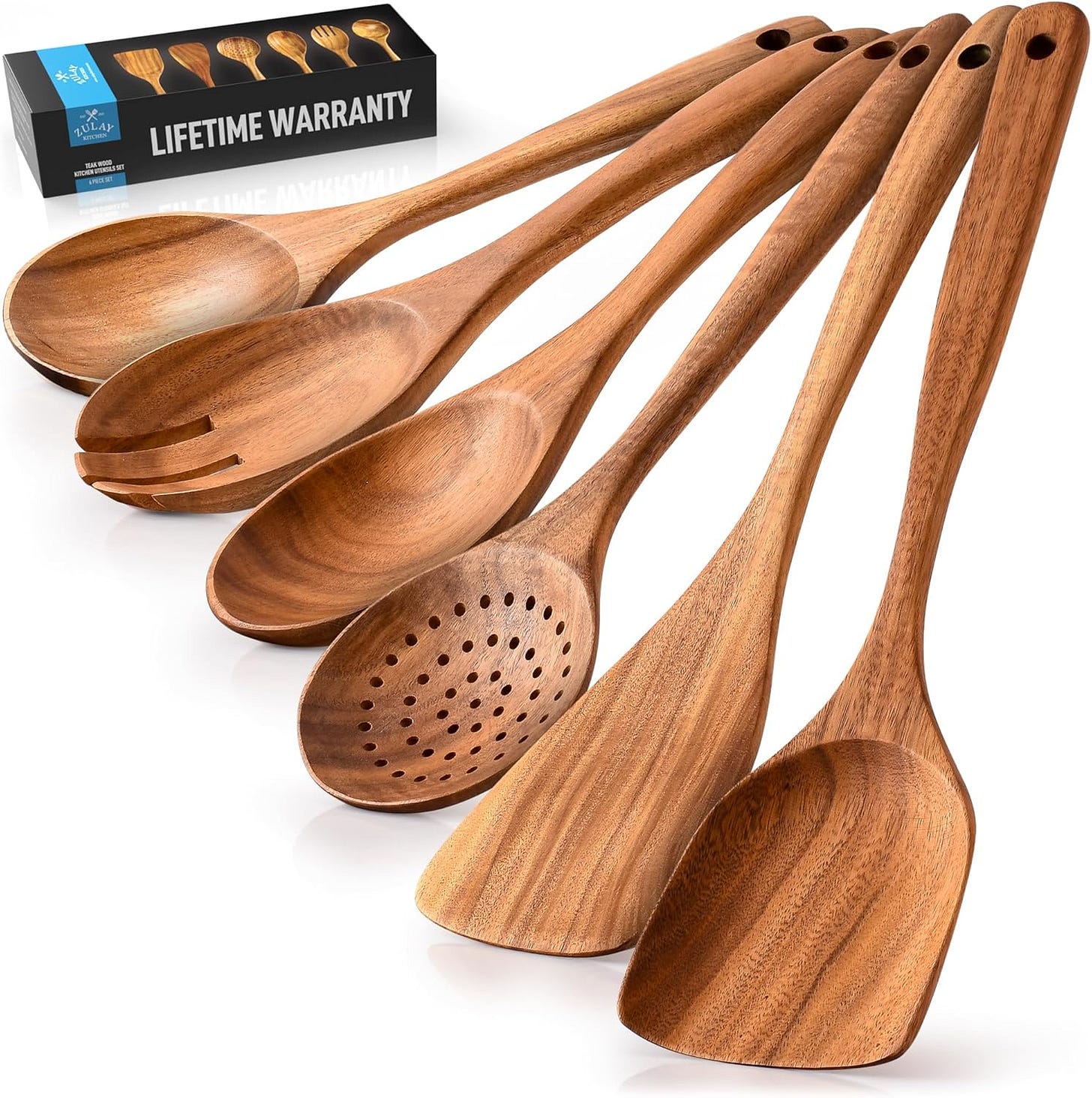
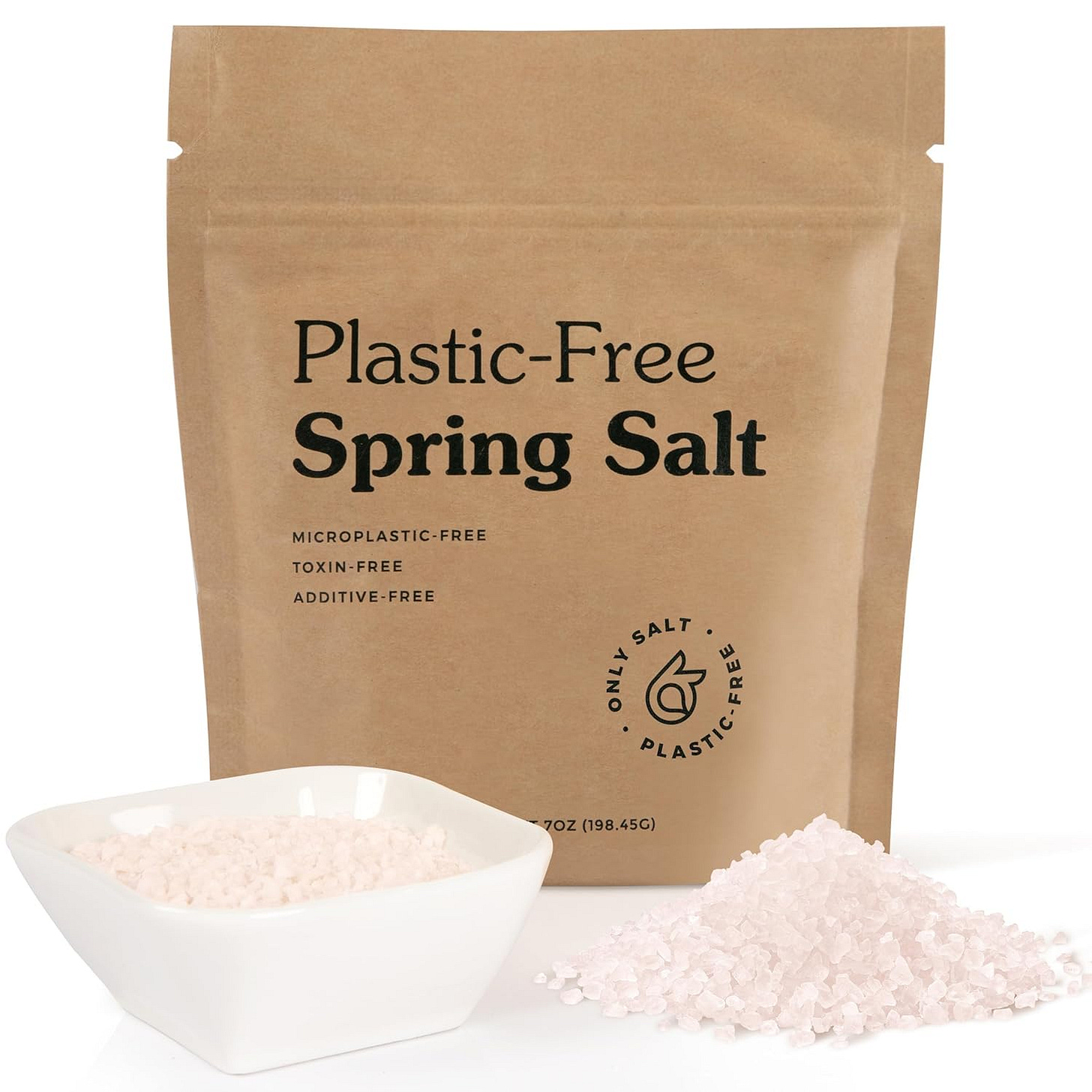

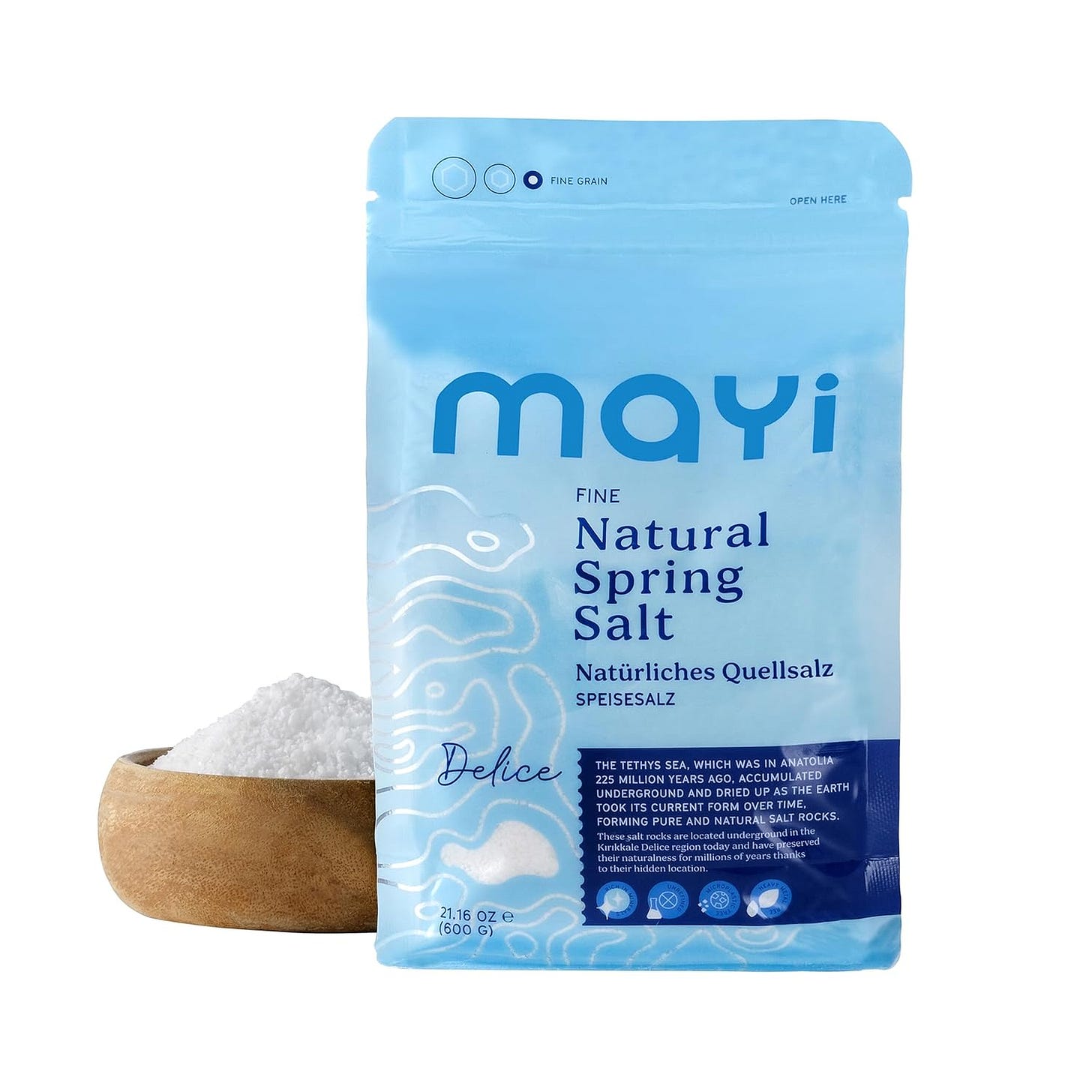
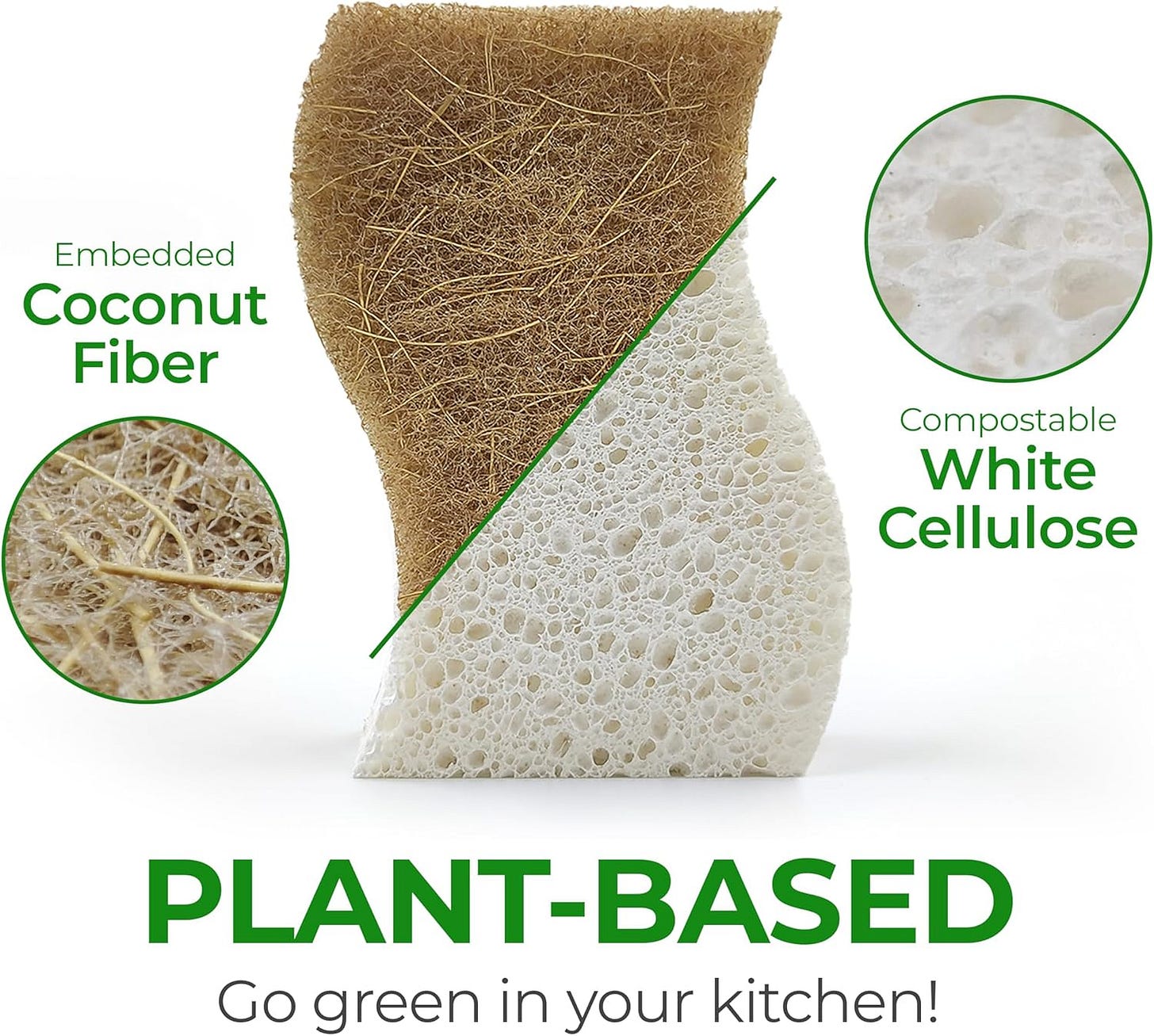
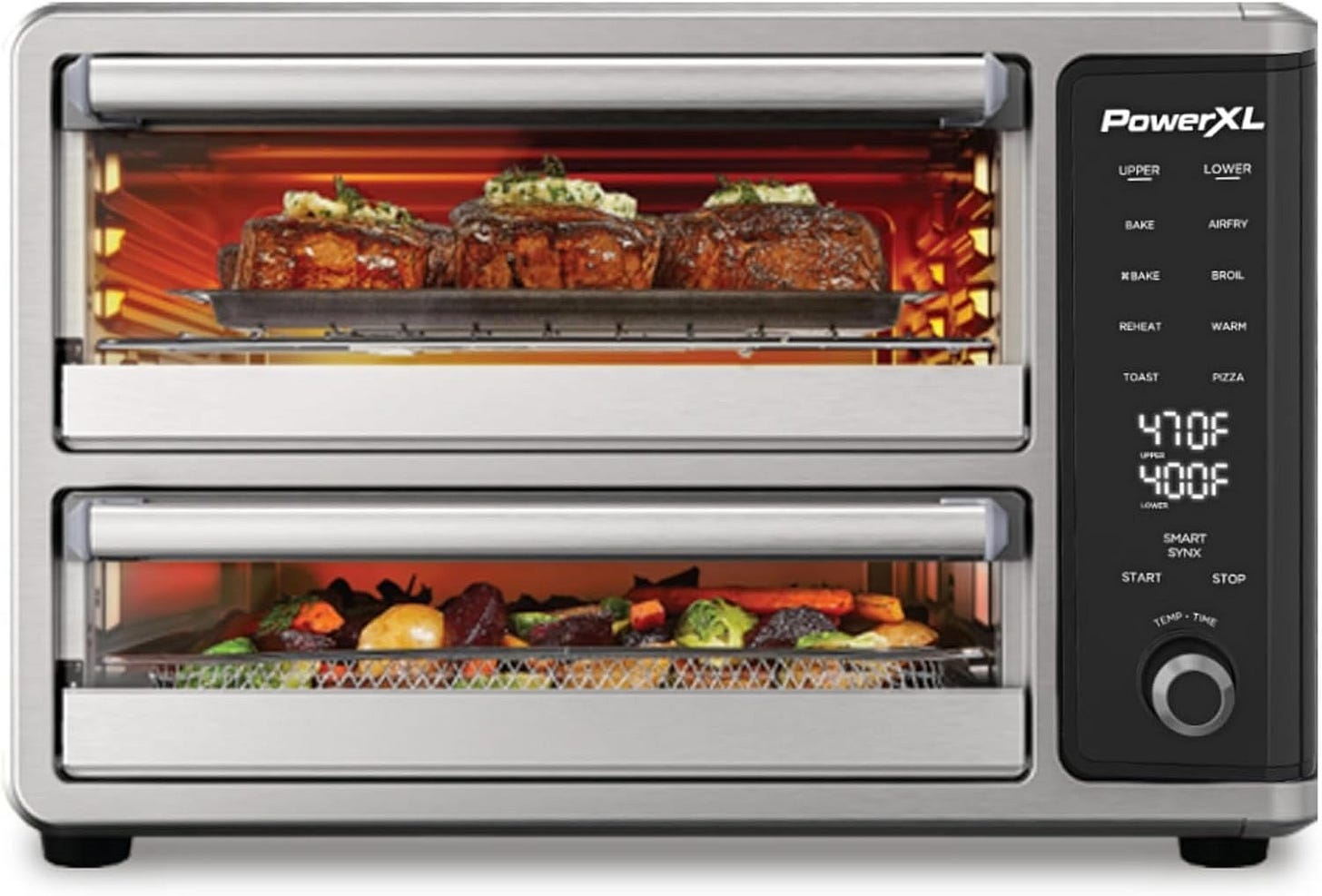
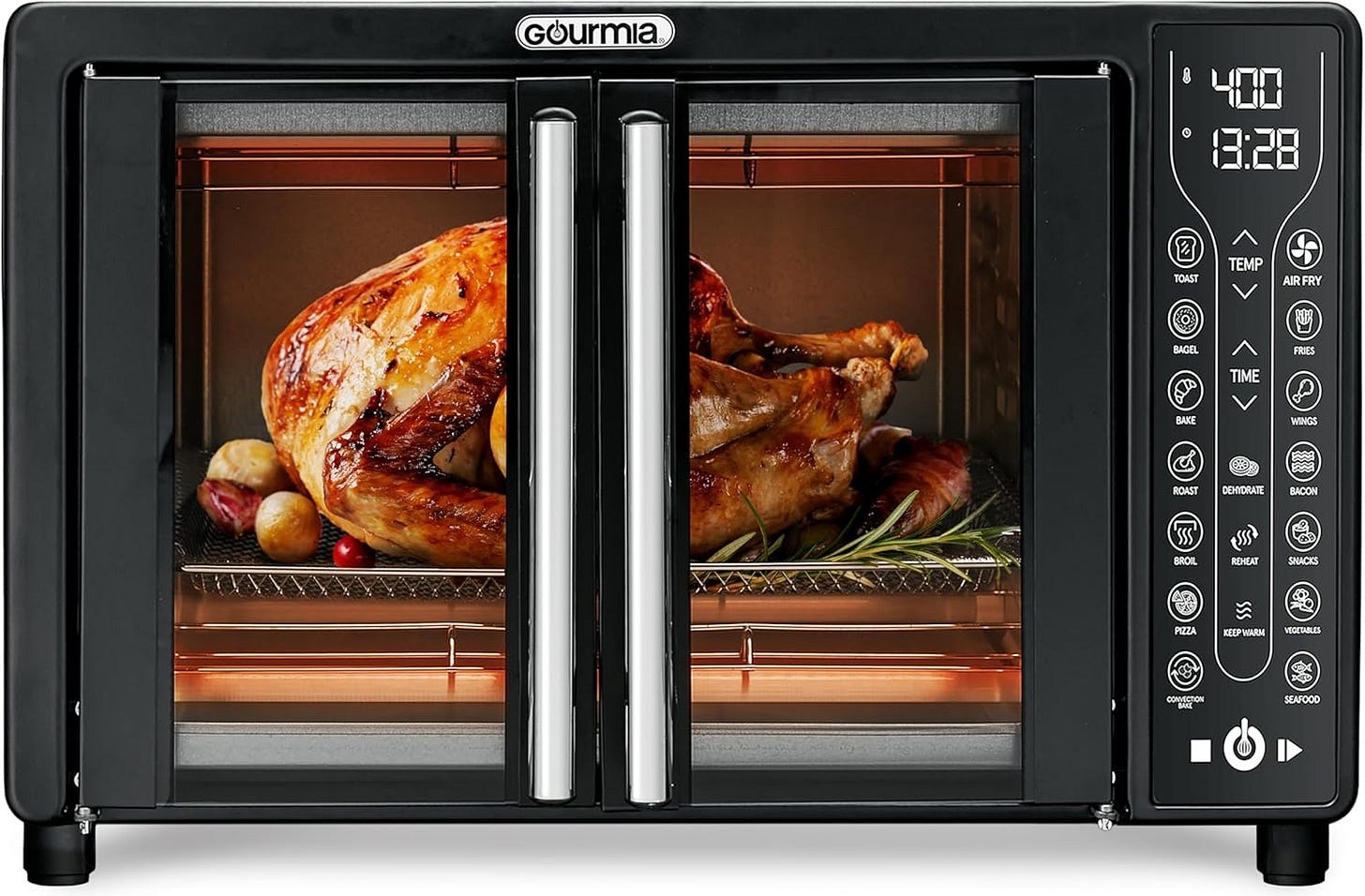
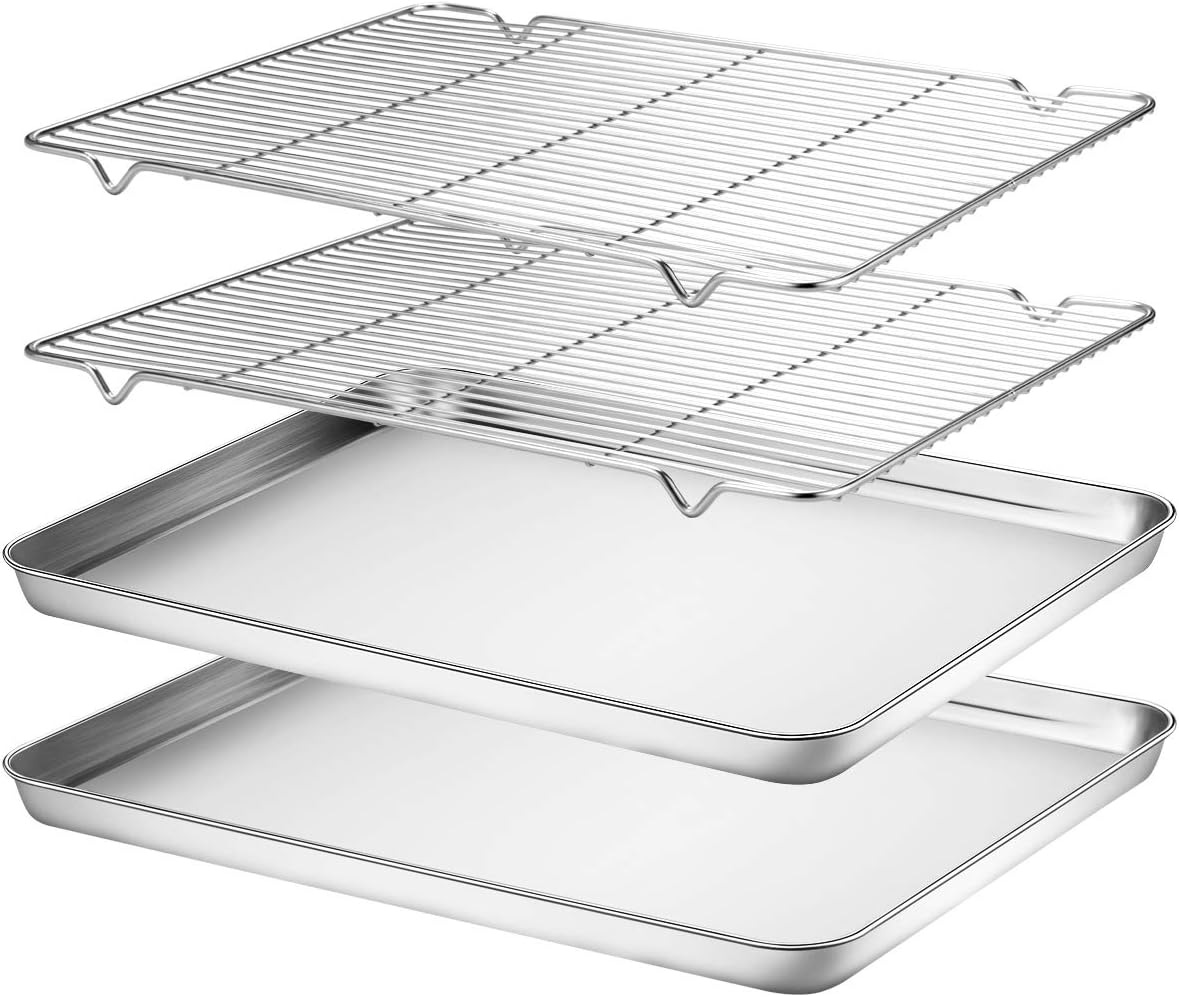
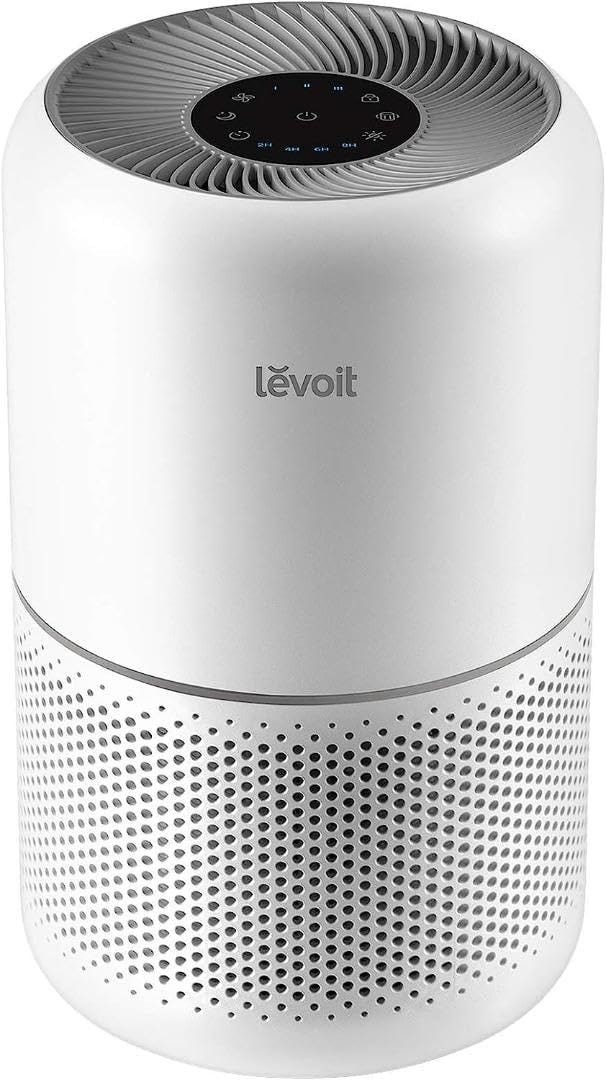
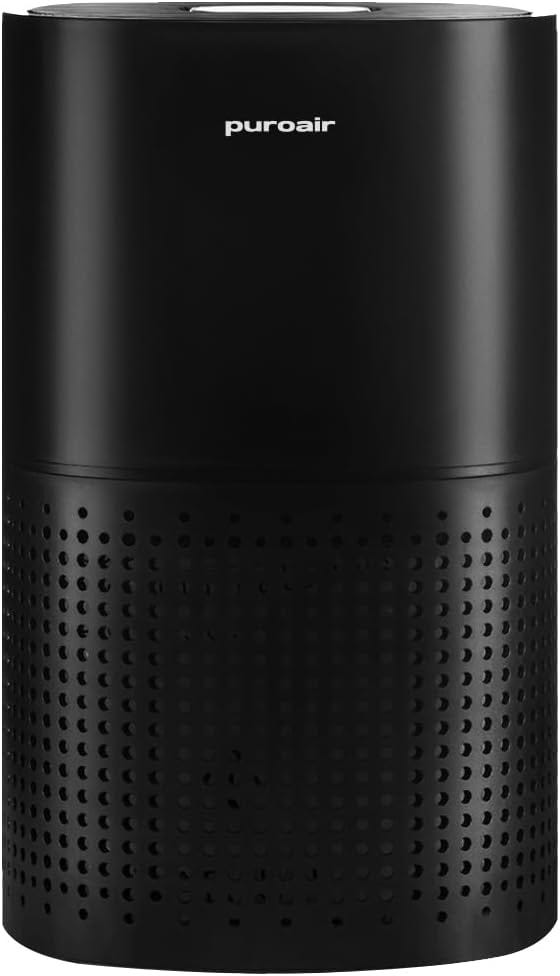
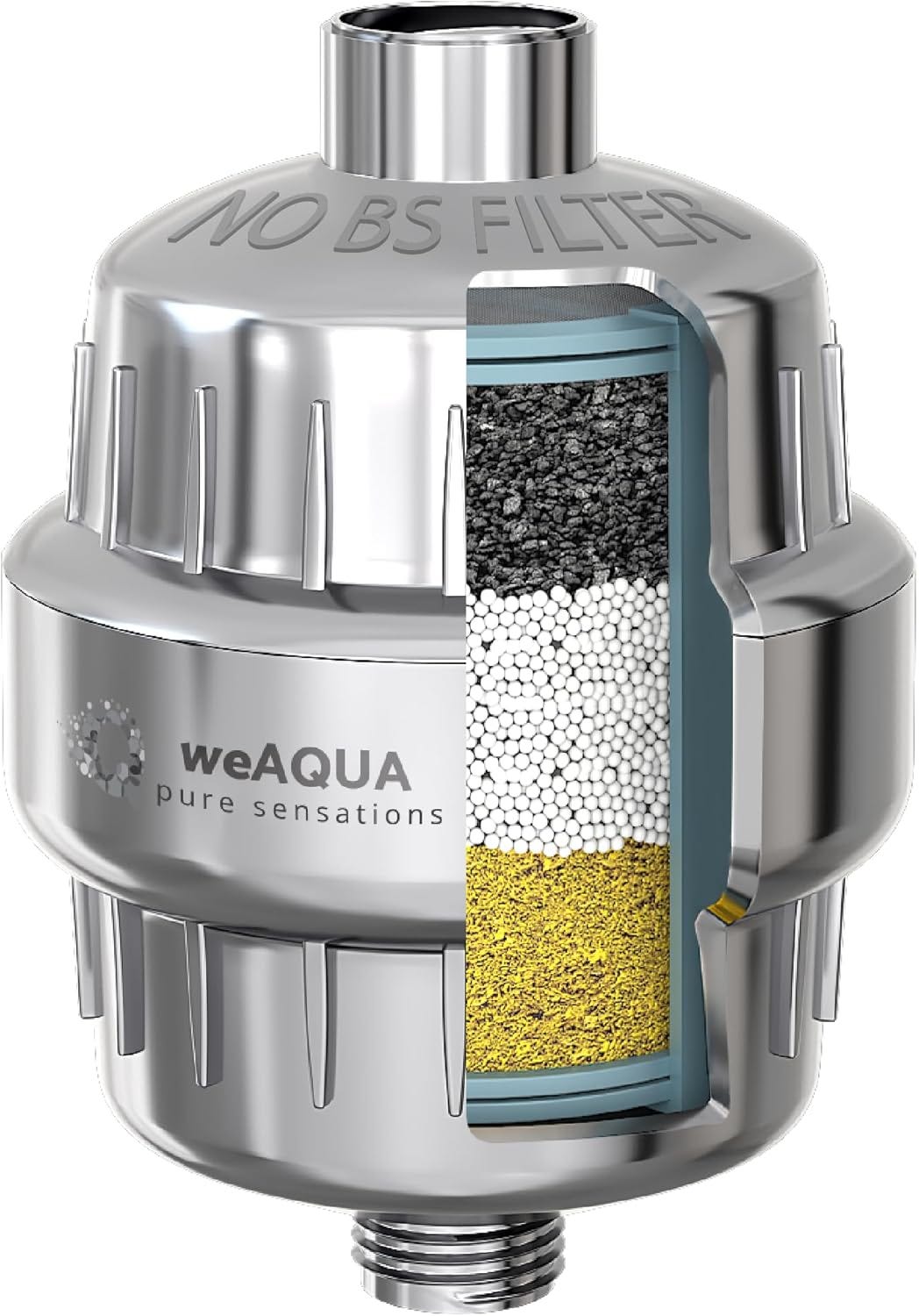
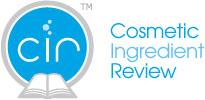




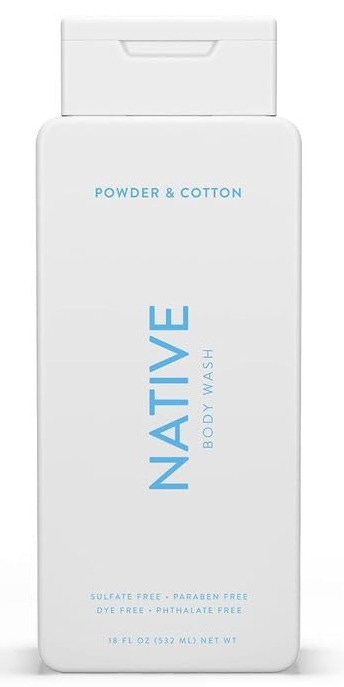
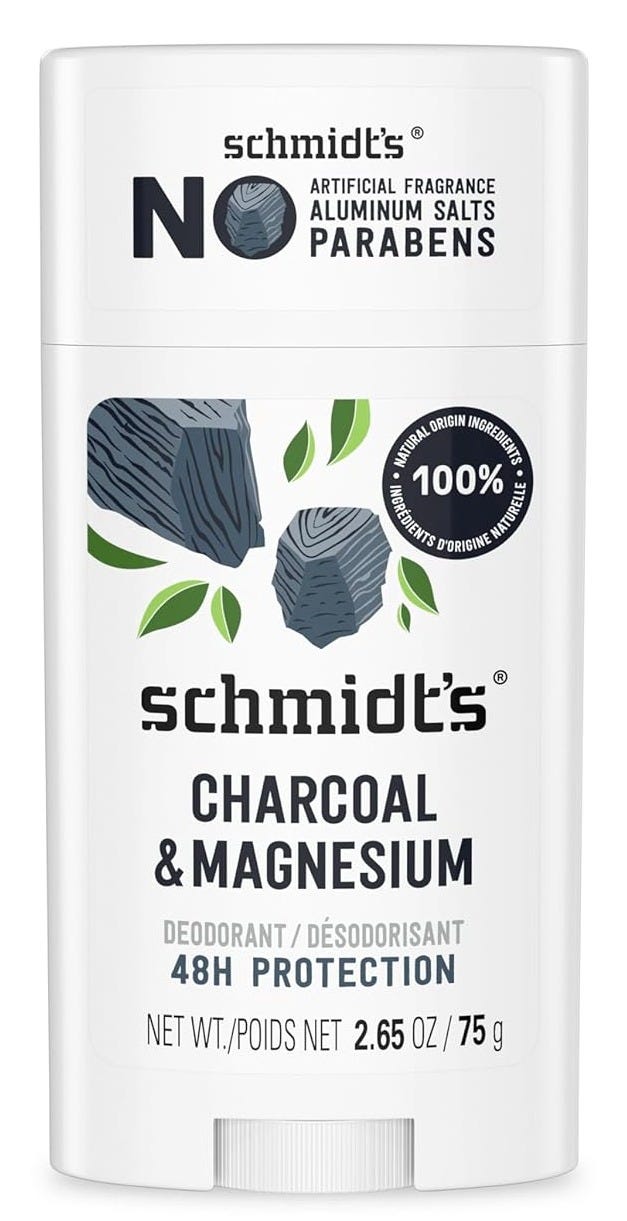
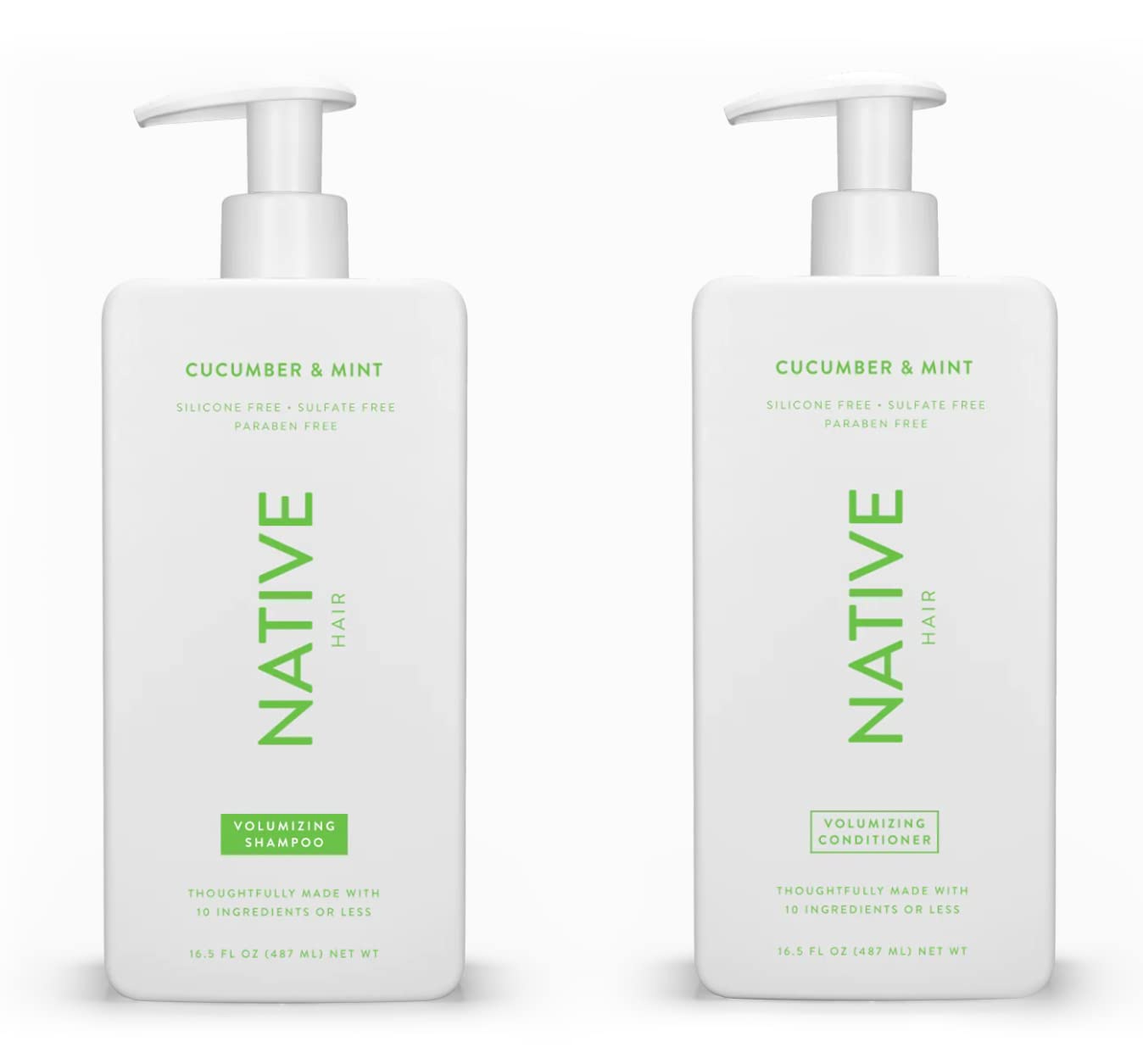
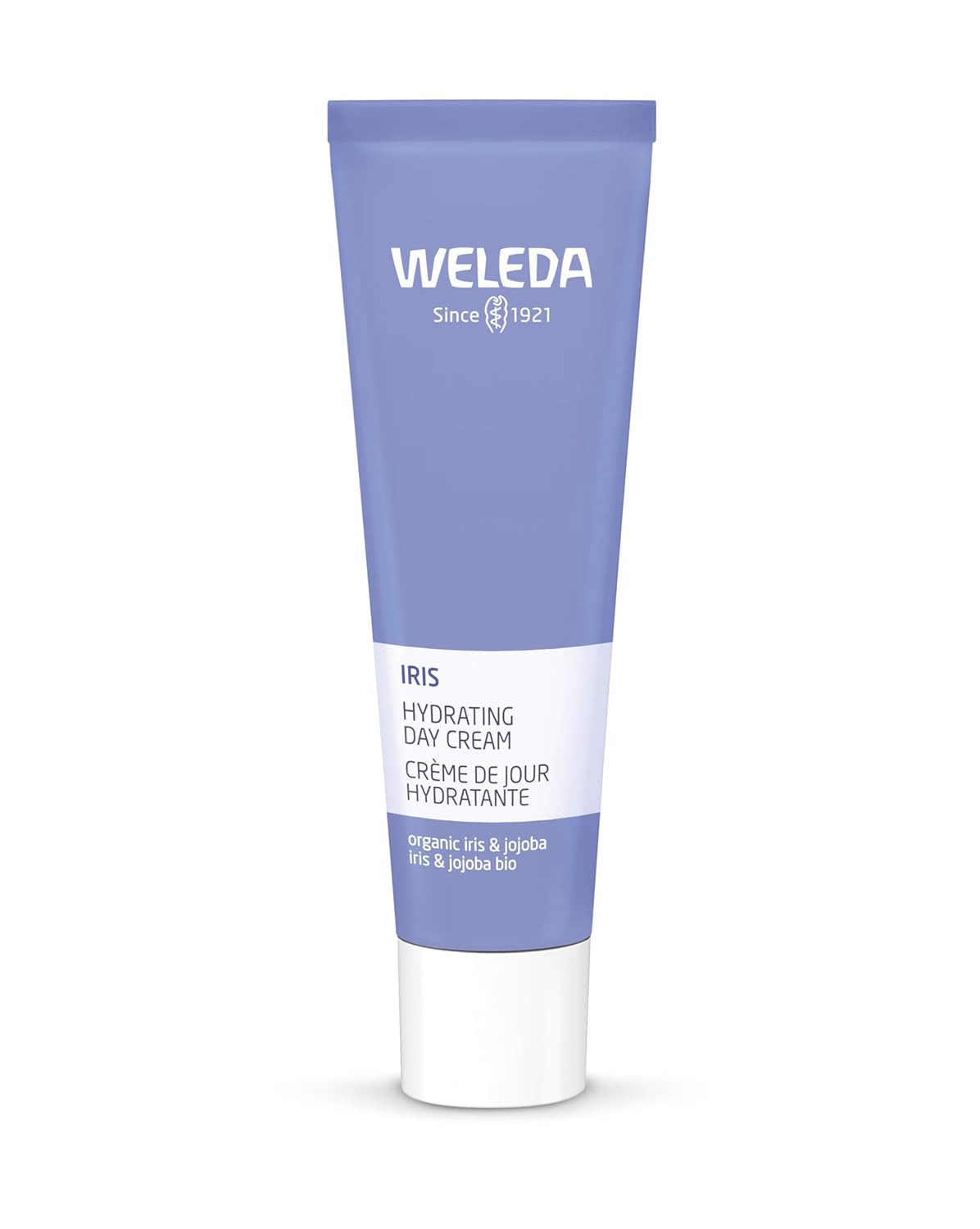


Great post! Perfect timing for me as I am just moving into a new apartment.
If I want to attach a filter to my kitchen faucet (for washing vegetables, pots and pans, etc), would you recommend the same shower filter or a different filter? I already have an on-the-counter water filter for my drinking water but sometimes it's more convenient to get water out of the faucet for certain things.
Also I'm very much looking forward to part 2! I would love to see information about buying food (organic meats, fresh vs frozen vegetables, etc).
When i worked in a fast food bbq place a few years back, EVERYTHING was heated up in plastic bags. Sometime the bag was melted a little after taking it out of the microwave. Then they made us switch them to metal containers before we moved it to the line (was an open kitchen) so the customers wouldn’t think we were doing that